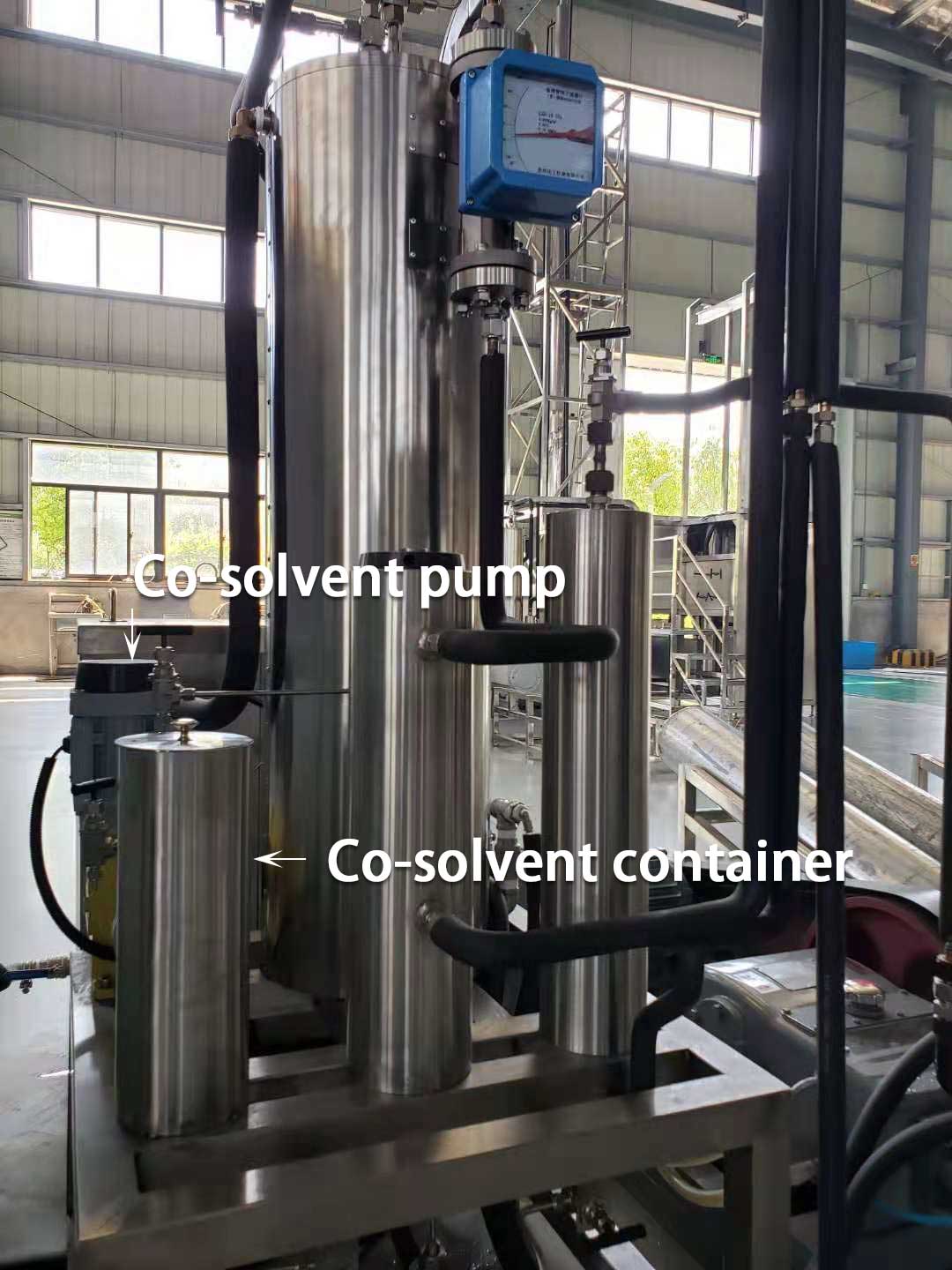Supercritical CO2 extraction is a widely used method for the extraction of high-value compounds from various raw materials. The use of co-solvents in the supercritical CO2 extraction process can significantly enhance the extraction yields and selectivity of the process. Co-solvents can be polar or non-polar and play a crucial role in optimizing the supercritical CO2 extraction process. This article will focus on the role of co-solvents in supercritical CO2 extraction and highlight some of the commonly used co-solvents and their benefits.
The Role of Co-solvents in Supercritical CO2 Extraction
Supercritical CO2 extraction relies on the use of CO2 as the primary solvent to extract bioactive compounds from raw materials. However, CO2 has low polarity and cannot efficiently extract polar compounds. This is where the use of co-solvents comes in. Co-solvents are used to enhance the solubility of polar compounds in CO2, leading to increased extraction yields and selectivity. The use of co-solvents can also reduce the amount of CO2 required, leading to reduced costs.
Choice of Co-solvents in Supercritical CO2 Extraction

The choice of co-solvent depends on the nature of the target compound and the raw material. Polar co-solvents such as ethanol, methanol, and water are used to extract polar compounds, while non-polar co-solvents such as hexane and heptane are used to extract non-polar compounds. The choice of co-solvent also depends on the desired solubility of the target compound in CO2. Co-solvents that have a high solubility in CO2 are preferred to ensure that the solvent concentration does not affect the extraction process.
Commonly Used Co-solvents and their Benefits
Table 1 below shows some commonly used co-solvents, their benefits, and the types of compounds they are effective in extracting.
Table 1: Commonly used co-solvents and their benefits.
| Co-solvent | Benefits | Type of Compounds Extracted |
|---|---|---|
| Ethanol | Increases solubility, increases yield of flavonoids, phenolic acids, and terpenoids, lower cost compared to other co-solvents | Polar |
| Water | Environmentally friendly, effective in extracting polar compounds, high solubility in CO2 | Polar |
| Methanol | Enhances solubility, increases yield of flavonoids, phenolic acids, and terpenoids | Polar |
| Hexane | Effective in extracting non-polar compounds such as lipids and oils | Non-polar |
| Heptane | Effective in extracting non-polar compounds such as lipids and oils | Non-polar |
Optimizing Co-solvent Effects
The effects of co-solvents can be optimized by varying the co-solvent concentration, temperature, pressure, and flow rate. It is important to optimize these parameters to ensure that the target compound is extracted efficiently and selectively. By optimizing the co-solvent effects, it is possible to obtain extracts with high purity and yields.
Summary
The use of co-solvents in supercritical CO2 extraction is essential for the efficient extraction of bioactive compounds from raw materials. The choice of co-solvent depends on the nature of the target compound and the raw material. Commonly used co-solvents include ethanol, water, methanol, hexane, and heptane, with each having specific benefits. By optimizing the co-solvent effects, it is possible to obtain high-quality extracts with high purity and yields.